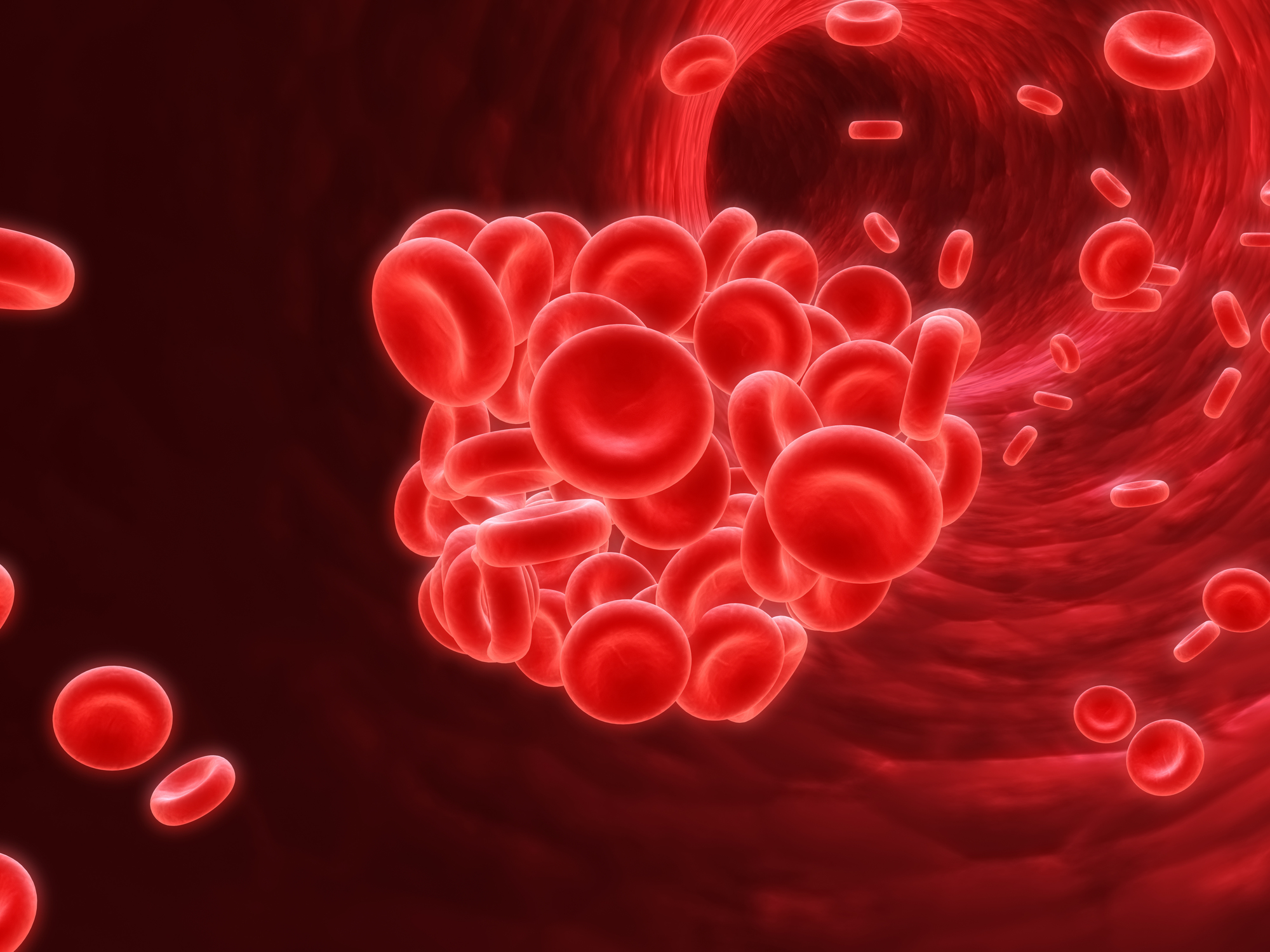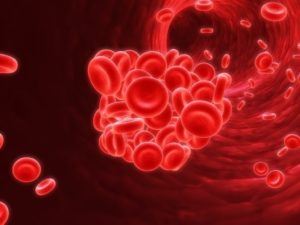Treating Deep Vein Thrombosis the Right Way

 Deep vein thrombosis may not be a household term compared with medical conditions like cancer or asthma, but it does affect thousands. In fact, the Centers for Disease Control and Prevention reports that as many as 900,000 individuals in the US could be affected. But just like other medical conditions, DVT can also be prevented from occurring and even prevent further complications.
Deep vein thrombosis may not be a household term compared with medical conditions like cancer or asthma, but it does affect thousands. In fact, the Centers for Disease Control and Prevention reports that as many as 900,000 individuals in the US could be affected. But just like other medical conditions, DVT can also be prevented from occurring and even prevent further complications.
Consider venous stents
The difference between medical treatments now and then is technological development. It can aid in the prevention and cure of numerous medical conditions. Patients with DVT, for instance, can now be treated with venous stents, which are surgically placed in veins found in the chest, legs or abdomen to prevent a blood clot. Similar to coronary stents, these tubes help expand or open narrow veins for blood to flow properly. Patients opting for the procedure must undergo a physical exam, an ultrasound or a venogram.
Change your lifestyle
Technology may help treat DVT, but the right diet and an overall lifestyle change can also play a big role. Losing weight can lower DVT risk. Nutrients from foods like garlic, fish and green vegetables can help stop blood clots. Lowering the intake of fatty meat, and saturated fat from dairy and sugar can also prevent inflammation. Even drinking plenty of water can contribute as it prevents blood from thickening.
Keep on moving
People who sit in airplanes, cars, buses and trains for extended periods of time are at high risk for DVT, but this can be prevented through movement. As you sit in a car, stretch your legs, rotate your ankles and raise your heels. While inside an airplane or a train, get up and walk the aisle. Remember, immobility can lead to complications so get out of your seat once in a while. While you’re at it, keep yourself hydrated.




